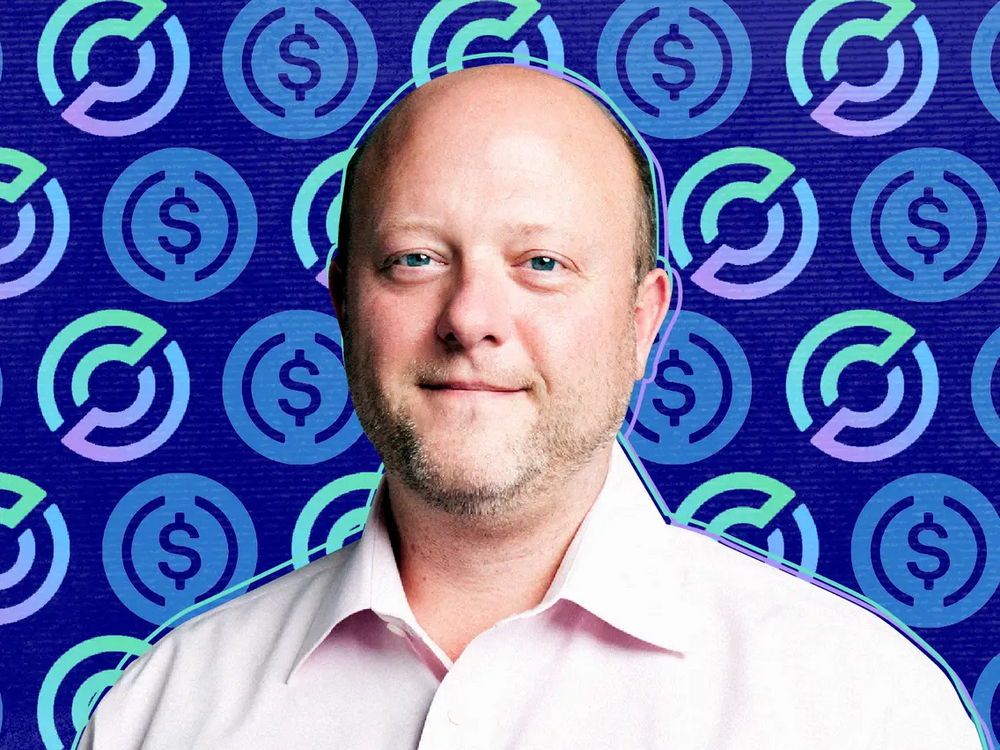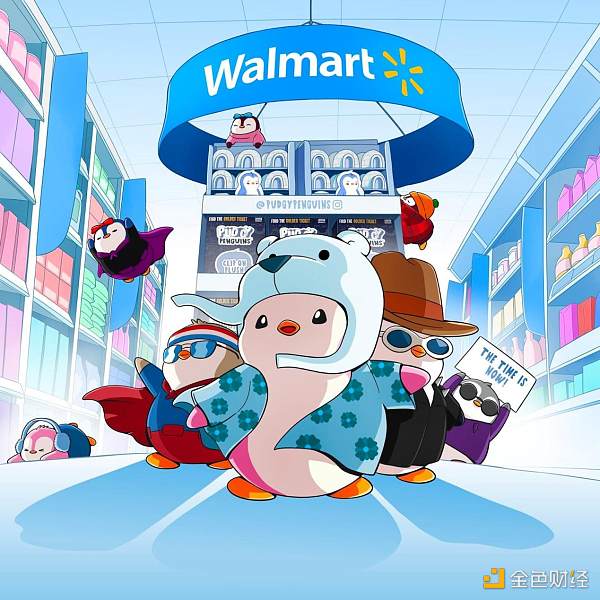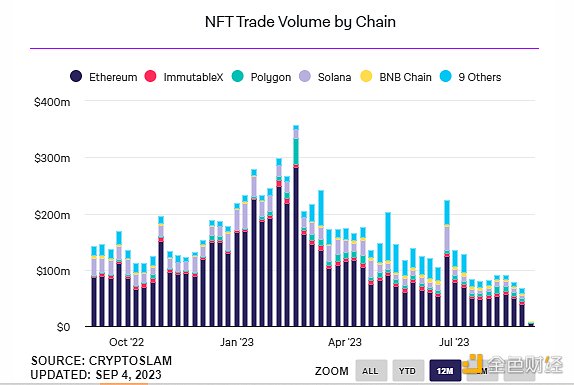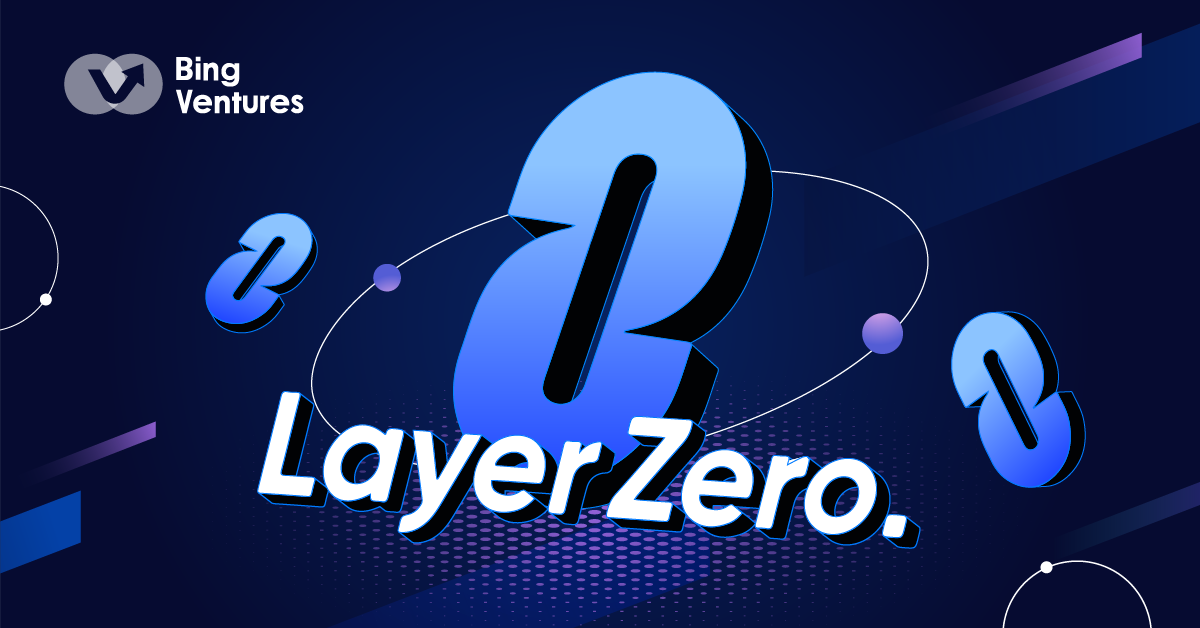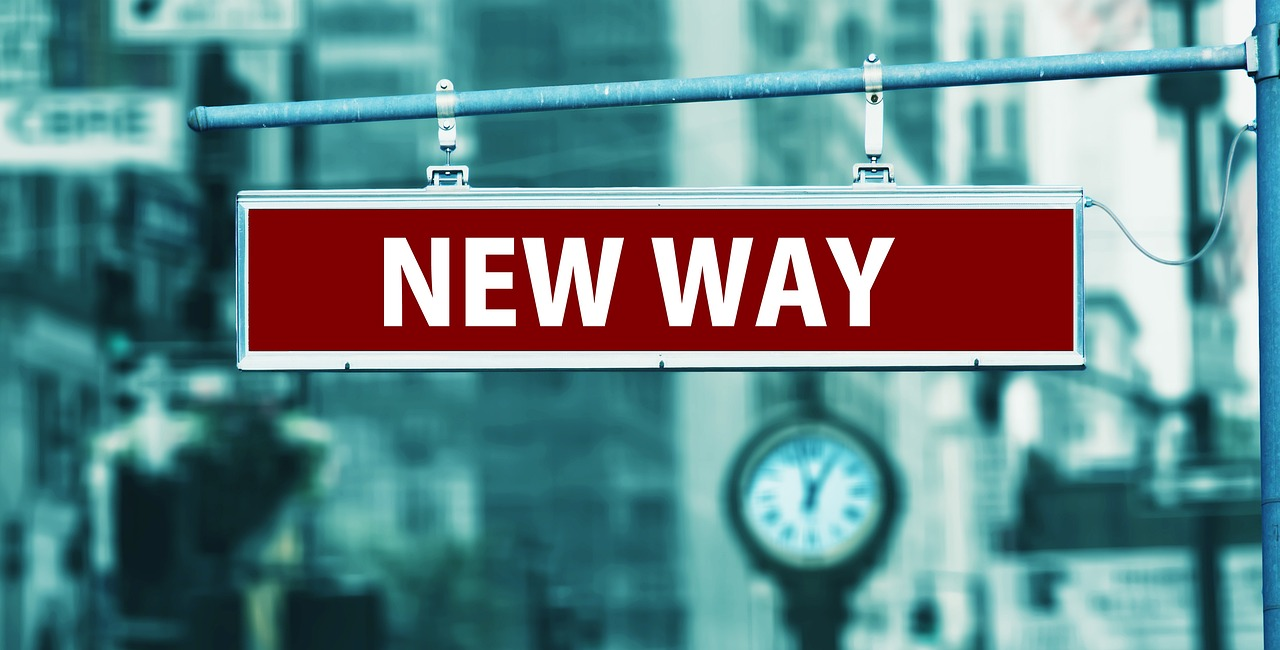Interview with Linea product manager ConsenSys entering the crowded Layer2 race, what is unique about Linea?
Interview with Linea product manager about ConsenSys entering the crowded Layer2 race and Linea's uniqueness.Interview: bayemon.eth, ChainCatcher
Guest: Declan Fox, Product Manager at ConsenSys Linea
On July 18th, Linea, a Layer2 network developed by the ConsenSys team, announced the opening of Linea Mainnet Alpha access to the entire community at the EthCC conference. Since its launch, the total locked value (TVL) of Linea Mainnet Alpha has been soaring, reaching a peak of over $30 million and currently stabilizing at around $28 million.
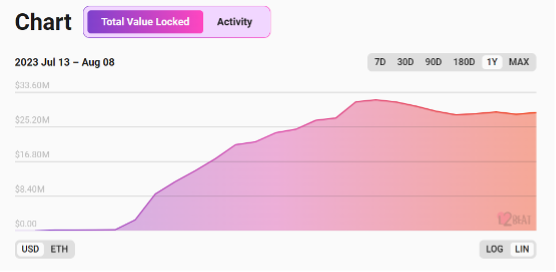
- Legal Perspectives on Blockchain Issues and Pathways
- Exploration of Full-Chain Games Freedom, Liberation, Authenticity, and the On-chain Deployment of Game Core
- How does the on-chain intelligence platform Arkham accurately target ICP?
Source: L2BEAT
According to RootData, AltLayer, OKX, LayerZero, Orbiter Finance, Polyhedra Network, Galxe, Omnisea, and other projects have integrated into the Linea ecosystem.
In addition, due to its association with the ConsenSys team, Linea’s mainnet is built into MetaMask by default, allowing users to skip the complex process of manually adding networks and directly switch to the Linea network in their MetaMask. Linea and MetaMask will also be deeply integrated in the future. With ConsenSys’ strength in US regulation and crypto compliance, Linea undoubtedly has unique advantages that other L2 solutions lack.
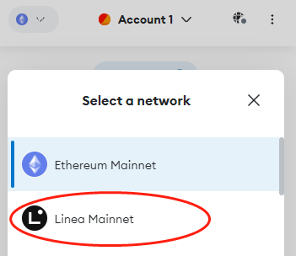
Why did ConsenSys, which has built well-known applications like MetaMask and infrastructure platforms like Infura, choose to launch a Layer2 zk Rollup solution in a seemingly saturated market? As Ethereum continues to transition to 2.0, scalability is undoubtedly an important issue, but there are voices criticizing the current Layer2 Rollup solutions for violating the principle of decentralization by using centralized sequencers and verification mechanisms. How will ConsenSys, which has always emphasized decentralization, break the deadlock between “user experience” and “decentralization” that seems impossible to reconcile? Furthermore, how will the Linea team, which has announced that there is currently no plan to issue tokens, attract more developers and users to participate in the development of the Linea ecosystem and community?
To address these questions, ChainCatcher invited Declan Fox, the Product Manager of Linea, to discuss how the Linea team, backed by ConsenSys, will handle the apparent “unresolvable” contradiction between user experience and decentralization in the current technical environment, and ultimately achieve the team’s vision of progressive decentralization.

Declan Fox, Product Manager at Linea
What makes Linea unique?
1. ChainCatcher: Please give a brief introduction to Linea.
Declan: Thank you for inviting me, ChainCatcher. I’m Declan, currently the Product Manager at Linea. Linea launched its mainnet in mid-last month and was fully opened to the public on July 18th. We have been busy preparing for the mainnet launch for the past year. In fact, on January 9th of this year, we launched a testnet for developers. In the following 6 to 7 months, this testnet achieved remarkable success.
We are excited and proud of the official launch of our mainnet. In the past few weeks, approximately 150 projects have integrated Linea and become our partners. Currently, Linea has also achieved astonishing transaction volume and value flow bridging between Linea and Ethereum.
2. ChainCatcher: Please briefly introduce the scale and division of labor of the Linea team.
Declan: First of all, as a zk Rollup scaling solution, we use zero-knowledge proofs as the underlying technology for transaction verification. This innovative technology requires a lot of research work, so Linea has a team of researchers dedicated to zk technology development. Before the formal formation of the Linea team, this work was completed by ConsenSys’ R&D team, and some members of the Linea team are also from ConsenSys, who were responsible for ZK research.
In addition to researchers, another important part of Linea is software engineers who are responsible for building Linea’s distributed solutions. I am personally responsible for the product aspect, and Linea also has members responsible for marketing and other support. Currently, the Linea team is small but experienced. If the scale of the Linea network continues to grow rapidly in the future, our team will also expand to match the market and the next stage of technological needs.
3. ChainCatcher: ConsenSys has created very successful applications and infrastructure such as MetaMask and Infura. What goals does Linea want to achieve through this?
Declan: The goal of Linea is to achieve Ethereum scalability. A few years ago, we believed that Ethereum itself was not scalable, which was the original intention for us as a community to explore scaling solutions. Now, what we can confirm is that among various types of Ethereum scaling solutions, Rollups are the best solution. At the same time, zk is a valuable technology that helps Rollups improve performance by providing users with lower gas fees, higher throughput, and security through cryptographic means.
Currently, Linea is already a relatively complete Layer2 zk Rollup network, but there is still much room for further exploration in this field to further enhance Ethereum’s scalability. With the further development of scaling theories and public chains, we believe that more Ethereum scaling solutions will be built, and more users will participate in Web3 activities, unlocking the unlimited potential of the community and bringing a broader future for Web3.
4. ChainCatcher: In the entire zk Rollup track, StackWare and Matter Labs have already launched zk Rollup scaling solutions in 2018 and 2019. Why did ConsenSys choose to launch Linea and join this seemingly intense competition at this time?
Declan: Interestingly, we actually started this project about 5 years ago, but at that time, our research focus was on zero-knowledge proof systems. Around January 2019, we started to focus on researching zkEVM, although the concept of zkEVM did not exist at that time.
At that time, many people were focused on Optimistic Rollup, and those who wanted to enter the zero-knowledge proof field thought that zkEVM was impossible. Therefore, they started building a brand new zk virtual machine that was incompatible with EVM and had its own unique programming language and application tools. However, our team believes that Ethereum has provided a very valuable consensus mechanism, and there are already a large number of technical personnel in the community investing in the establishment of standards and the development of deep tools, just like ConsenSys created MetaMask and Infura based on Ethereum.
However, creating an EVM-incompatible zk Rollup scaling solution cannot continue or expand the existing network effect of EVM. Therefore, what our team wants to achieve is the widespread application of zk technology in the Rollup solution based on EVM compatibility. After that, the team spent about four years and finally launched what we believe is the best and industry-leading solution, Linea.
Although Linea seems to have been in an “invisible state” in recent years from a certain perspective, we have actually made a lot of efforts in zk technology research and system development, including EVM compatibility. The team does not want to push immature solutions to the market. Therefore, when we have pushed the project forward through four years of research and development to the present “golden time”, we formally make Linea available to the public and allow people to start understanding and using this new solution.
5, ChainCatcher: zk technology does require a lot of professional domain knowledge and more research time. Among different proof generation algorithms, Linea chose zk-SNARK. Can you briefly explain the reason for choosing this technology?
Declan: In fact, the technology used by Linea is more complex than zk-SNARKs and has slight differences from the original zk-SNARKs. Simply put, our proof system has inner proof and outer proof, and the outer proof will be used for deployment on the Ethereum chain, and it is indeed a SNARK. The deployment process is achieved through a cryptographic library created by Linea’s unique cryptography team, which packages the inner proof into the outer proof and finally deploys it on the Ethereum mainnet in the form of SNARKs.
The generation and compression of the inner proof was a major challenge that the team overcame during the four-year research process. Linea integrates research results into a proof generator called Vortex-which creates an extremely efficient proof generation tool through lattice-based cryptography and recursion. This way of generating proofs is becoming popular in a broader ecosystem, and it is relatively cheaper compared to other solutions.
6, ChainCatcher: As we mentioned before, MetaMask and Infura are very important wallets and infrastructure in the Web3 ecosystem. So, as Linea, which is also backed by ConsenSys, what advantages does it have in the competition of L2 zk Rollup?
Declan: I think we have two main advantages.
Firstly, Linea’s technical achievements. We have discussed this in the previous questions. I want to emphasize that Vortex is a leading system in zk technology, with high efficiency and speed. This means that its performance and user experience are far superior to other tools. Low cost, high speed, and high throughput will bring better experiences to users, which is Linea’s differentiating factor.
Therefore, I believe that over time, better technical solutions will withstand the test of time. But, as you mentioned, there are also issues regarding the ecosystem. Linea has gained a macro and comprehensive understanding of the entire ecosystem from ConsenSys, knowing the entire process of user interactions on the chain and the focus on user experience when interacting at the wallet layer and underlying execution layer.
Linea really values user experience and wants to differentiate from this perspective. This is why we have prepared to be EVM compatible from the beginning. At the same time, we will leverage infrastructure and service providers that can bring a large amount of traffic. For example, Linea Mainnet is directly built into the default dropdown menu of MetaMask, so users don’t need to manually enter a new network. For a new network, being able to directly connect with major traffic platforms like MetaMask and provide users with “one-click access” will undoubtedly bring unprecedented and novel experiences for users.
In summary, we are trying to meet the diverse needs of ecosystem builders and users from a compatibility perspective, in order to meet their expectations for Linea’s future.
How does Linea achieve decentralization?
7. ChainCatcher: Decentralization is one of Ethereum’s most important features and has always been emphasized by ConsenSys. However, many OP and zk Rollup projects in the ecosystem currently sacrifice some decentralization for Ethereum scalability, such as using centralized sequencers and centralized verification mechanisms. Some people believe that the components like sequencers and verifiers are “narrowly” decentralized. What is your view on this?
Declan: My view is that the current Rollup architecture is relatively immature. We will set up some “Training wheels” as a means to protect users. In the future development of Rollups, these Training wheels will be gradually removed as time goes on and the technology becomes more robust. But as you mentioned, these Training wheels may include centralized sequencers, lack of fraud proofs and permission proofs, and centralized zk Rollup provers, etc. At the same time, the upgrade from Layer1 to multi-signature for smart contracts has not achieved decentralization.
For most zk Rollup teams, especially for Linea, achieving decentralization is a gradual process – Linea has already released its progressive decentralization roadmap, which clearly describes how we will gradually move from the current stage to a fully decentralized and trust-minimized system over time. Therefore, Linea is on a journey towards decentralization. Although we have not reached the destination yet, we have a clear plan and know how to get there. ConsenSys attaches great importance to the concept of “decentralization”.
In addition, Linea has also chosen to build a zkEVM, which means that developers can directly deploy their projects on the Linea network. For Linea, there is no vendor lock-in mechanism. If a project wants to exit Linea at any time, there are no barriers and no need to rewrite smart contracts for other EVM-compatible networks. From this perspective, we already have a relatively high degree of decentralization in the zk Rollup track.
At the same time, Linea is currently in close contact with Infura’s infrastructure team. The Infura team has an execution layer client, which has been tested on the Ethereum mainnet for many years and has performed well. Linea is fortunate to be able to collaborate with Infura to optimize transaction execution between layers. Therefore, we believe that Linea has the qualifications to achieve data decentralization, high throughput execution, and reduced transaction costs at the same time. So we believe that the “narrow” decentralized dilemma is not a hindrance for Linea.
8. ChainCatcher: We also saw the decentralized roadmap provided in the official Linea documentation. Do you have a clear timeline for the mentioned subsequent stages?
Declan: Regarding the implementation of the roadmap, we have planned it in stages. Before reaching the ultimate decentralization, Linea needs to go through five stages. So far, Linea has completed the Mainnet Alpha release and is currently in Phase 0. The next stage will be the Open Source of Stack, which allows open access and modification of the code. This helps keep the community aligned with Linea’s goals and achieve the vision of scalability and decentralization. In addition, we also need to achieve 100% coverage of all EVM code in precompiles, which is an important milestone for Linea to gain complete trust in zk. After that, Linea needs to ensure that users can withdraw assets as soon as possible. This is a very important anti-censorship attribute that Rollups can bring, and it needs to be fully implemented before gradually decentralizing the running nodes.
In the final stage, we will focus on “Multi-Prover”. Multi-Prover allows a transaction or a batch of transactions to be implemented and verified by multiple different zkEVMs. This is a very exciting move because with the support of Multi-Prover, even if there is an error in the implementation or verification process of one zkEVM, the system will continue to run and maintain a state close to elasticity. Just like in Ethereum Layer 1, where elasticity is achieved through multiple execution and consensus nodes. Linea’s current plan is to replicate these features in Layer 2 and ensure that they match Ethereum’s standards, as well as the constraints in the reference materials and specifications, to ensure Linea’s EVM compatibility.
Source: Linea Official Website Decentralized Roadmap
This is Linea’s roadmap plan, which we have divided into five stages and prioritized the work to be implemented. But it is difficult for us to predict the future and provide specific timelines. The current plan is to implement it according to the plan and continue to monitor the progress of these tasks and community feedback.
Linea Ecological Development Plan
9. ChainCatcher: Linea has grown rapidly, with TVL tripling in just one week since its launch. What are your expectations for Linea’s future growth and development?
Declan: I think future growth is difficult to predict because we don’t have a crystal ball to foresee the future. Many developments rely on a wide-ranging ecosystem, and we are just a part of that ecosystem. Each component must work together to create a user experience that effectively solves problems and drives the development of this field.
Today, both developers looking to build applications and creators looking to create new communities are striving to improve the end user experience. These are all aspects that Linea influences. One important area is the account abstraction brought by the ERC-4337 new paradigm. Although account abstraction may result in more intensive gas consumption in most cases, it will not deter those who want to adopt AA on Layer2 with lower transaction costs. This is also one of Linea’s advantages. Additionally, we hope to add a new terminal for account management and multi-signature control, which is also a key component of implementing account abstraction and smart contract accounts.
Therefore, Linea is collaborating with other professional teams in the industry to help Linea become an ideal Layer2 solution that can provide a better user experience. These are the parts that we can fully control, so we believe that by addressing these issues, we can see more proactive activities from Linea in the future.
10. ChainCatcher: Although many projects have integrated Linea, there are still relatively few native projects. Will the ecosystem vigorously develop native projects in the future? Do you have a preferred track?
Declan: We are committed to promoting the development of Layer2 zk Rollup, which means that we need to provide new solutions to users’ problems, which could be potential native use cases for Linea. During the process of integrating projects, we are also in discussions with many partners. Since Linea has recently released the Mainnet Alpha version and is in the growth stage, we are looking forward to seeing many Linea native projects and protocols in DeFi, GameFi, and SocialFi. I am very excited about this.
Currently, our focus is still on projects that have already been built on Ethereum or other blockchains, helping them integrate with the Linea network and find more product-market fit. At the same time, these mature projects can also help Linea build ecological modules and provide necessary integration experience to other use cases.
11. ChainCatcher: Without a token issuance plan, how will Linea continue to attract more developers and users?
Declan: The platform has two aspects, developers and users. We hope to provide good support for both in order to establish network effects and start the flywheel, bringing more vitality to the Linea network.
What we can do for developers is to meet their existing needs and help them successfully build projects on the Linea network. This includes technical support from various angles. When a small project starts, we may provide support for them at a hackathon, including funding support and team collaboration, and then turn their project ideas into more practical and deeper solutions, ultimately launching them on the Linea mainnet.
At the same time, we will also ensure that project parties can establish connections with other partners in the ecosystem and help improve their use cases. We have a new initiative called Ecosystem Investment Alliance (EIA), which represents Linea’s way of helping project parties connect with ConsenSys VC partners and other investors and provide funding support. Especially in a bear market, it is particularly important to ensure the connection between potential projects and funding support. In addition, we also provide some cooperative marketing opportunities to ensure that projects can gain visibility through the distribution channels of Linea, ConsenSys, and other partners. We attach great importance to the success of our partners while cherishing the concept of decentralization. Although I have been guiding this system within ConsenSys, we also hope that its future leadership will belong to the community.
At the user level, we have also stated at the recent EthCC that Linea has always placed user experience in a very important position, which I believe is the real difference between Linea and other systems at the user level. So far, Linea has achieved native integration with MetaMask, which is the basis for new users to join Web3 and Linea. Linea will soon be able to fully implement MetaMask’s functions. At the same time, we are also exploring how to attract users to use Layer2 solutions, including Linea, through account abstraction. We are also paying attention to issues related to the execution layer, such as reducing transaction costs and shortening confirmation times. All of these contribute to bringing users into the Linea ecosystem and creating more network effects.
12. ChainCatcher: Currently, the Layer2 track is very crowded. From the perspective of the entire industry, are so many Layer2 solutions necessary? Is there a phenomenon of “reinventing the wheel”?
Declan: I believe that as an ecosystem, the differentiation of Layer2 zk Rollup is a good thing. Differentiation means that we are exploring different solutions, and almost every emerging industry will experience this. It can be foreseen that there will be more and more Layer2 and Layer3 solutions.
In my opinion, over time, we may see the solutions that can best solve these problems eventually converge. But I still think that we are far from reaching the stage where we can determine which method is correct, because there are still some differences in different sub-markets at the moment. Especially for Linea, which serves as Layer2 zkEVM, what we really care about is Ethereum scalability, focusing on the existing Ethereum network effects and bringing more possibilities for stable developers and deep applications. I believe this is the right path for the entire ecosystem or the Ethereum mainnet.
13. ChainCatcher: For zk Rollups, will the next innovation point be focused on the algorithm or the application?
Declan: Although zk was born in the mid-1980s, its application in the scalability of blockchain encryption systems is very unique and has great optimization potential. Therefore, I believe that there will be many innovative applications every year, and I am glad that so many people are focusing on software innovation in the zk field. Before hardware acceleration, we need to continually focus on software, such as driving continuous innovation in Linea. We need to create a Ferrari first and then continuously speed up. Linea is precisely focused on building a Ferrari sports car, and we are very close to success. At the same time, we also know that hardware acceleration is just one way to achieve a significant improvement in an established system.
In conclusion, I’m not worried that Rollup solutions like Linea will become a bottleneck in the overall development process of zk technology, because new applications based on this technology will continue to emerge in the ecosystem.
We will continue to update Blocking; if you have any questions or suggestions, please contact us!
Was this article helpful?
93 out of 132 found this helpful
Related articles
- Analysis of the BOLD Verification Protocol How to Make Arbitrum More Decentralized?
- Assessing the Impact of EIP-4844 on Layer2 Protocol Costs and Profits
- Why is no one talking about ‘blockchain’ now?
- Decoding Intent Revolutionizing the Web3 User Experience and Blockchain Order Flow
- An Overview of Coinlist’s Upcoming Native Cross-Chain DEX Chainflip Mechanism, Features, and Token Economy
- Celestia Researcher Interpreting 4 New Rollup Solutions
- Losses of over $50 million A comprehensive analysis of the cascade attack event caused by the programming language Vyper malfunction.

